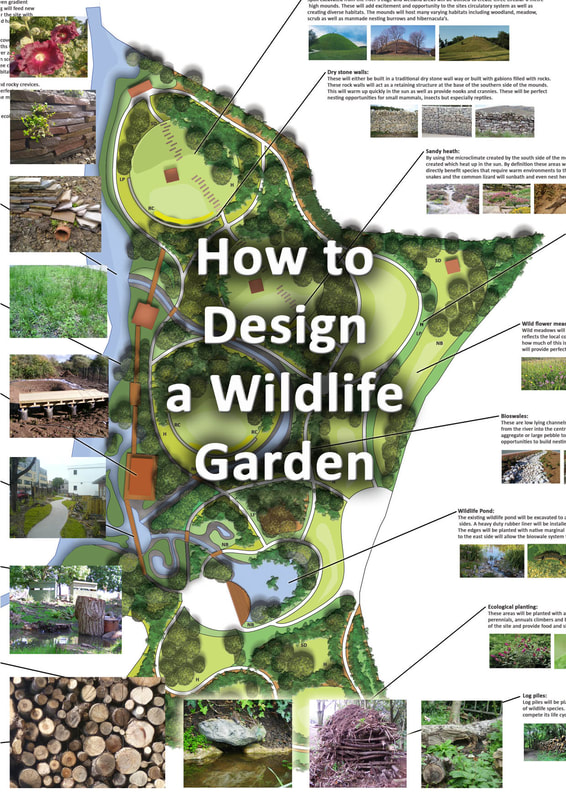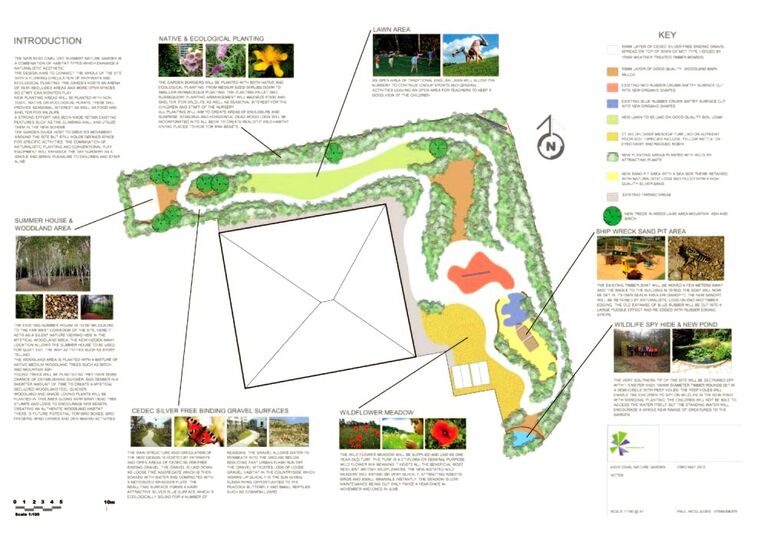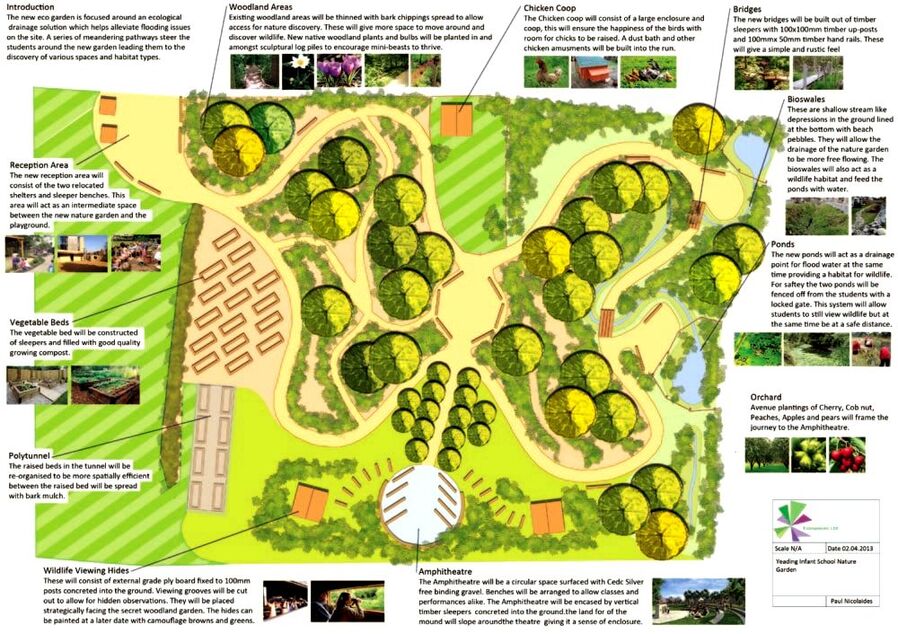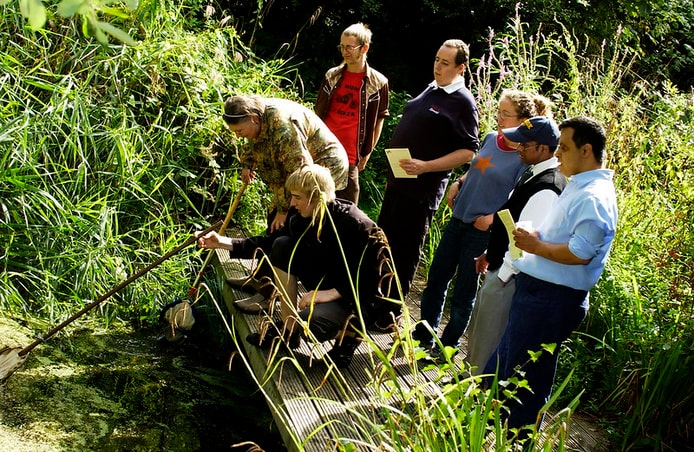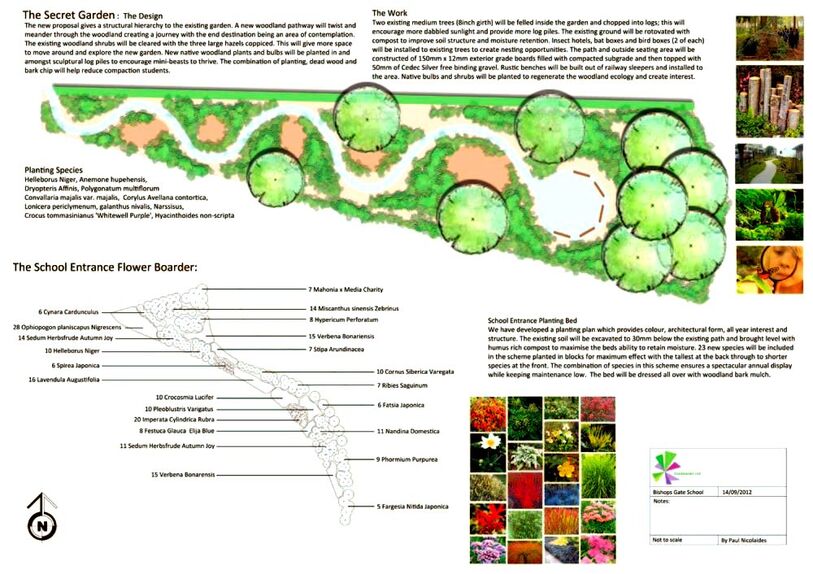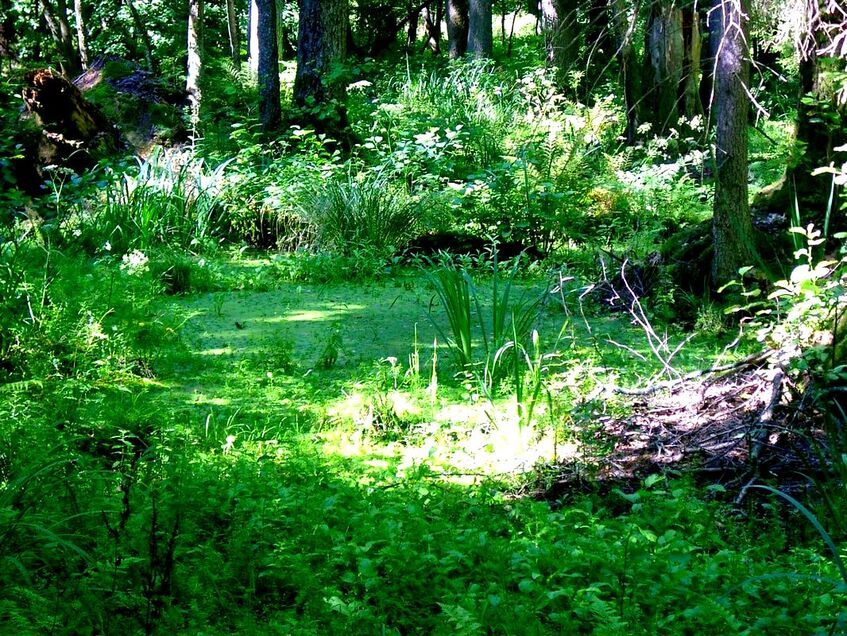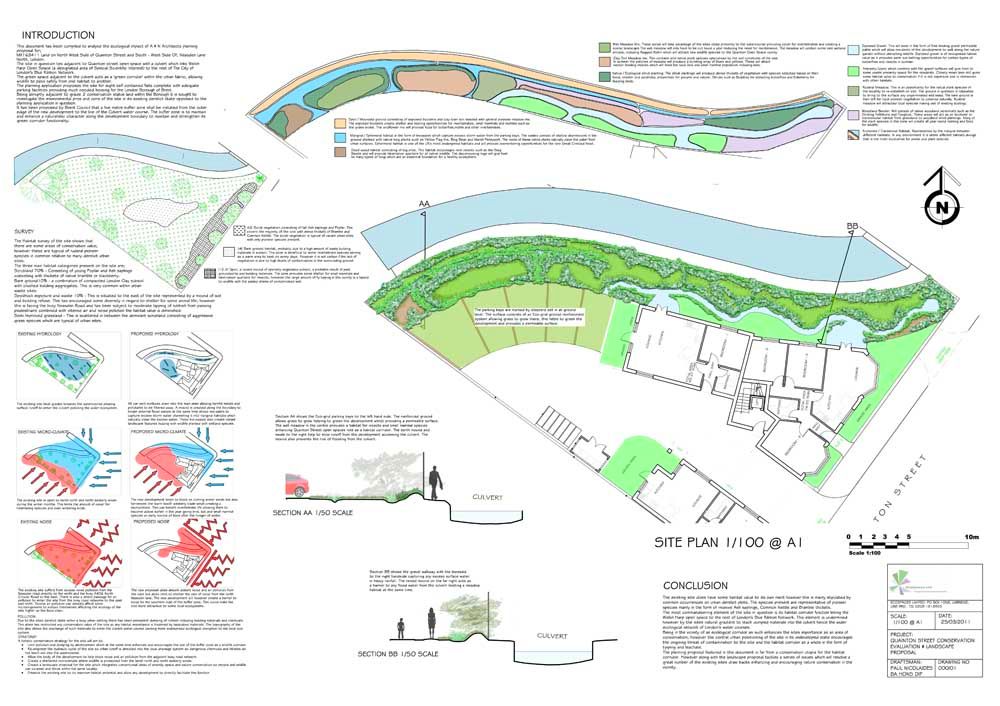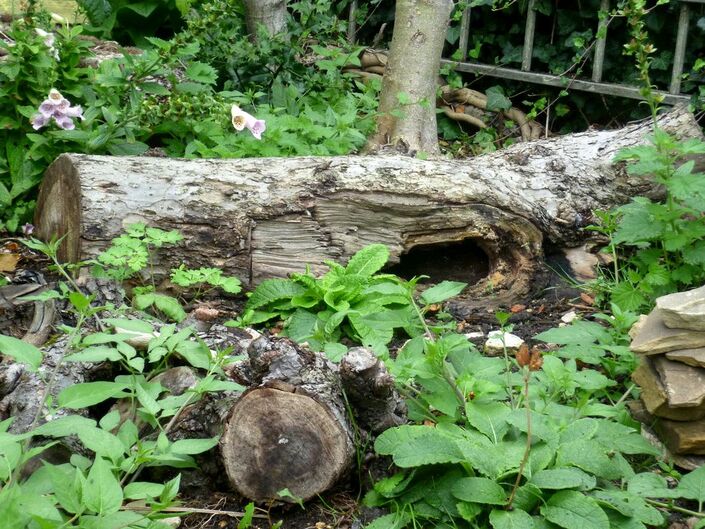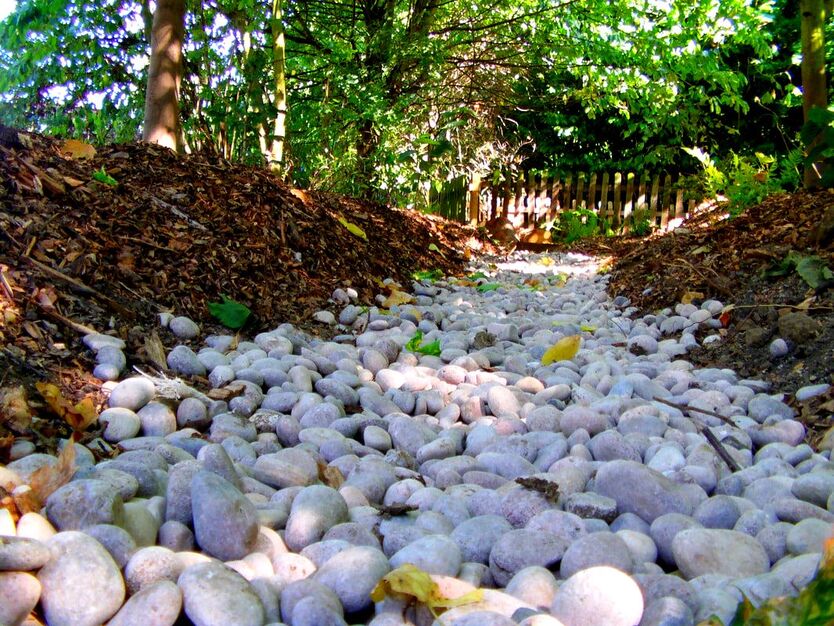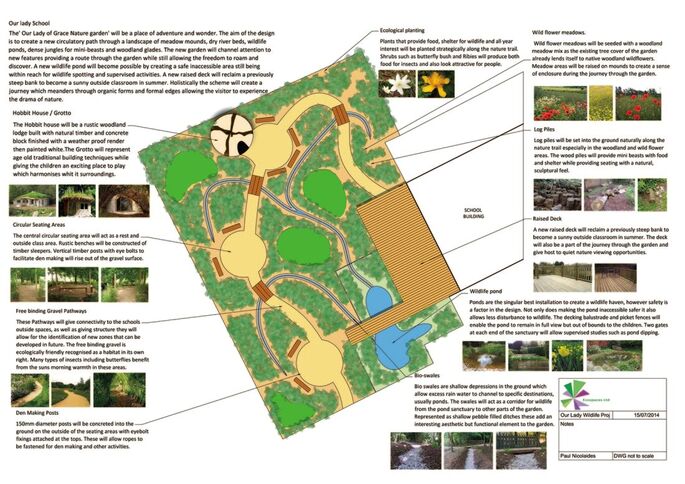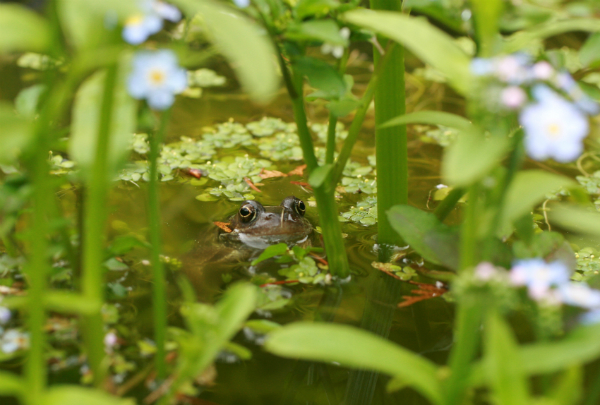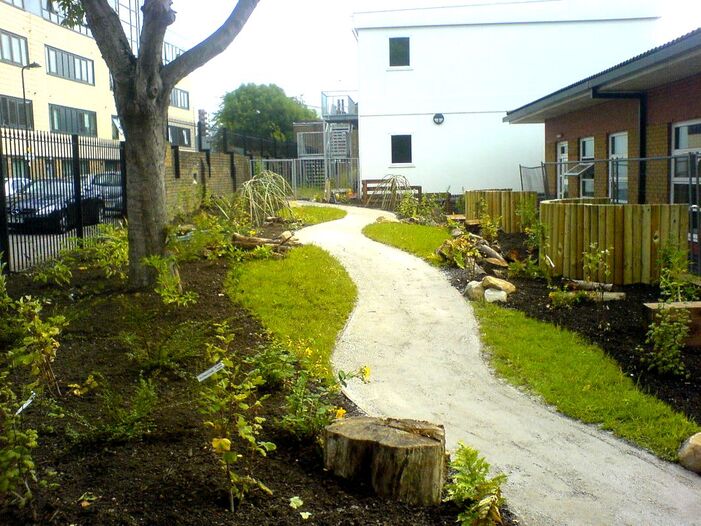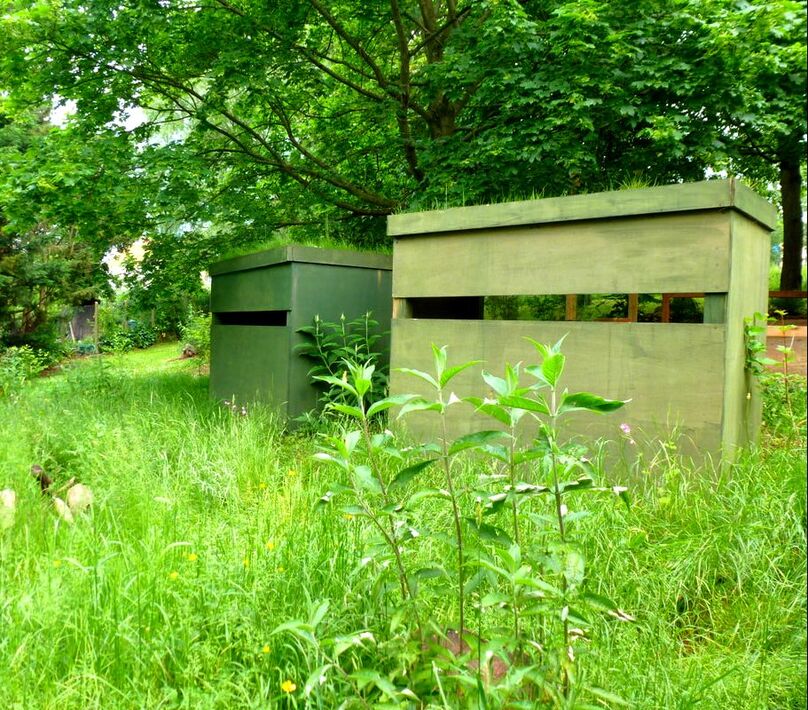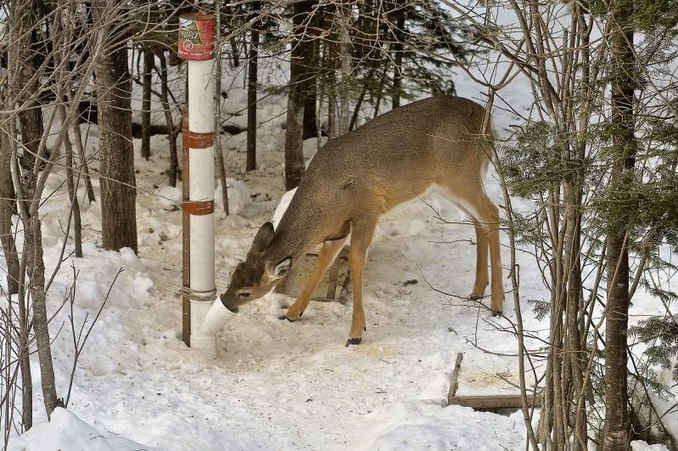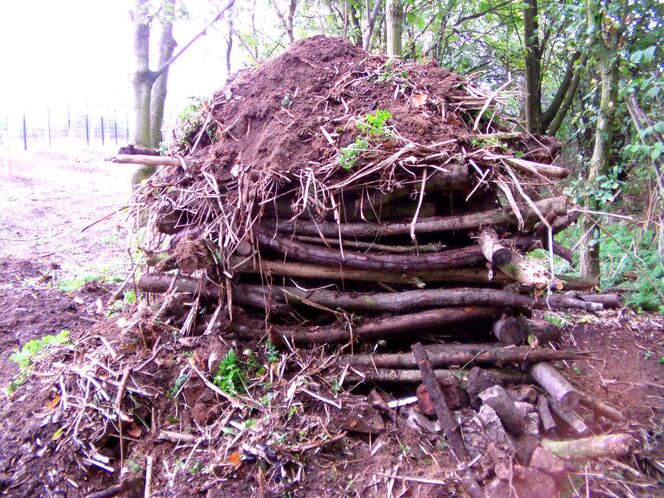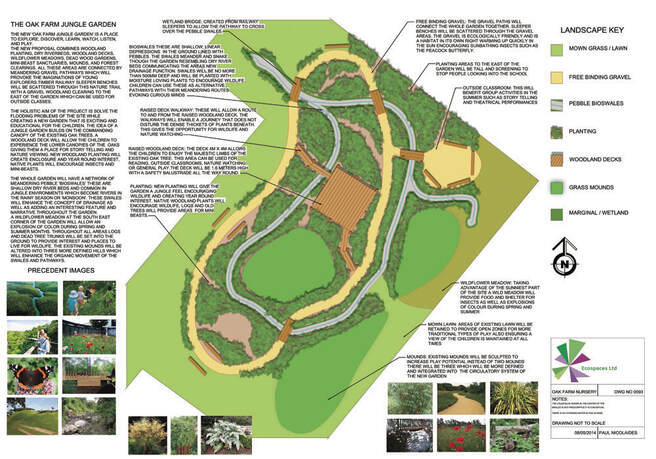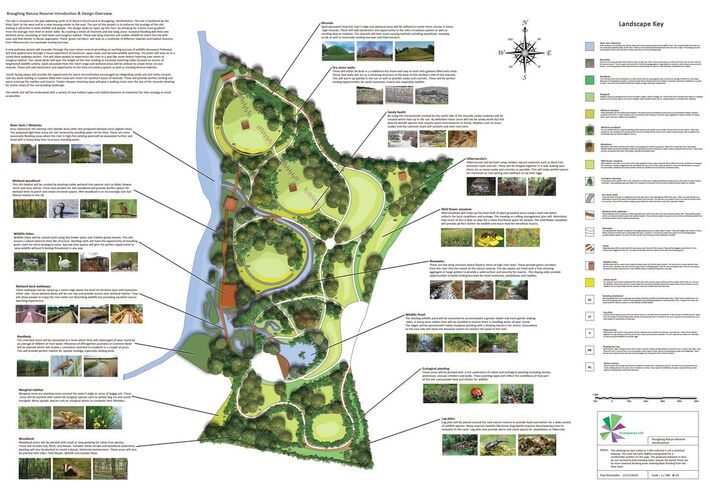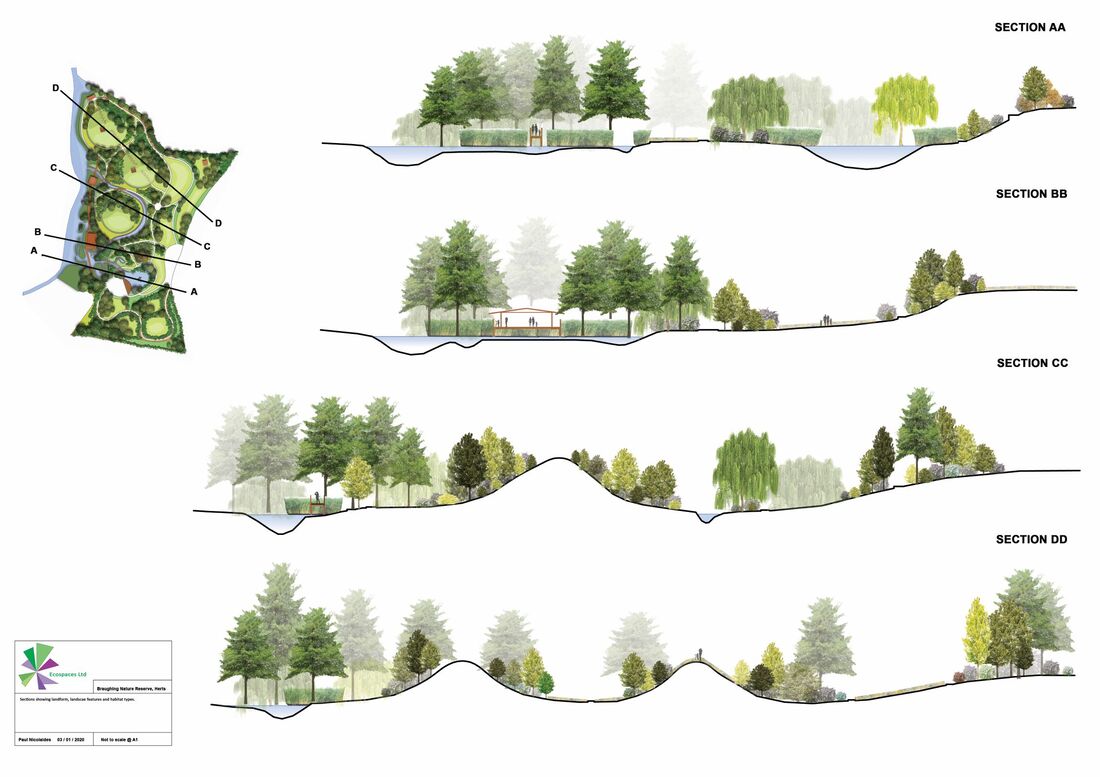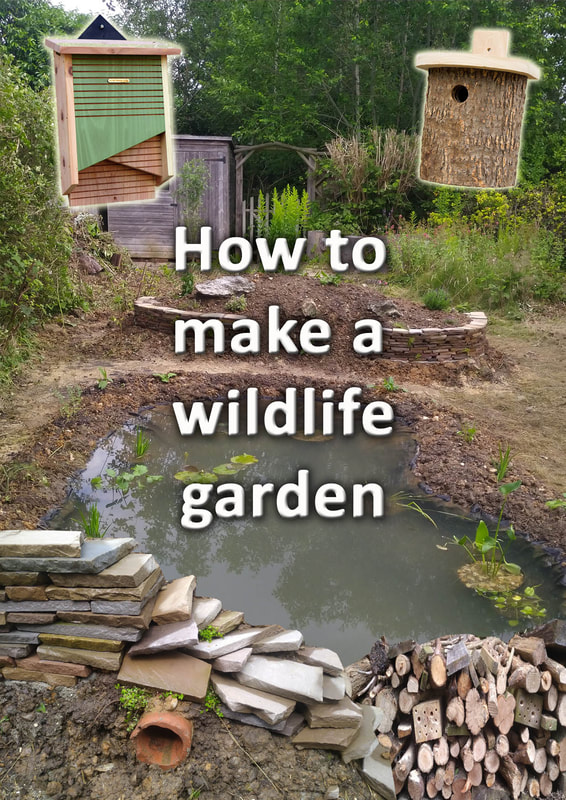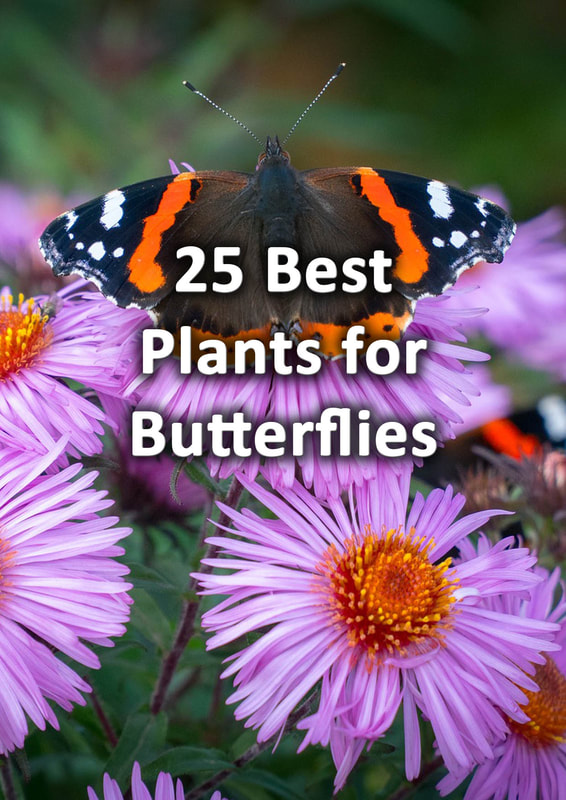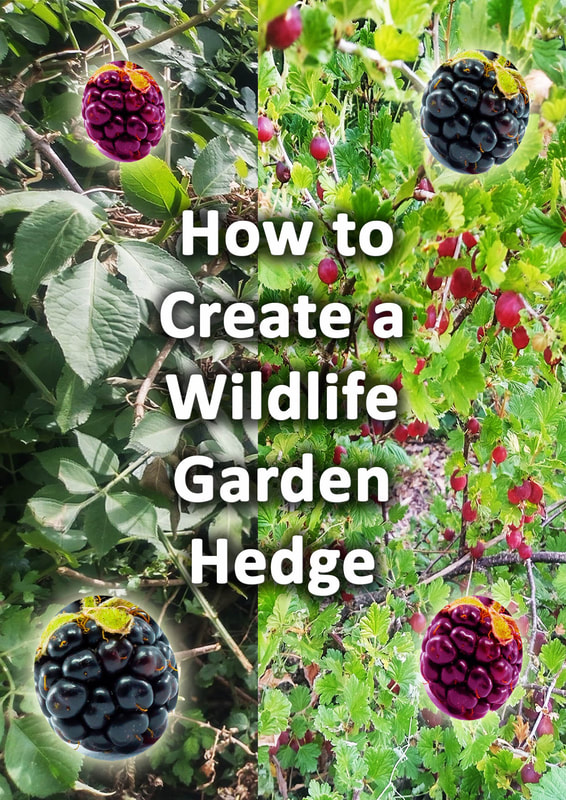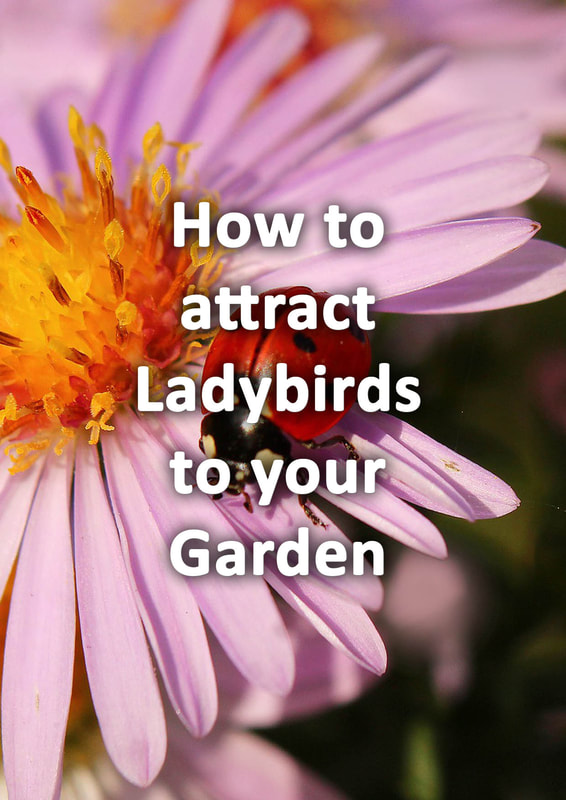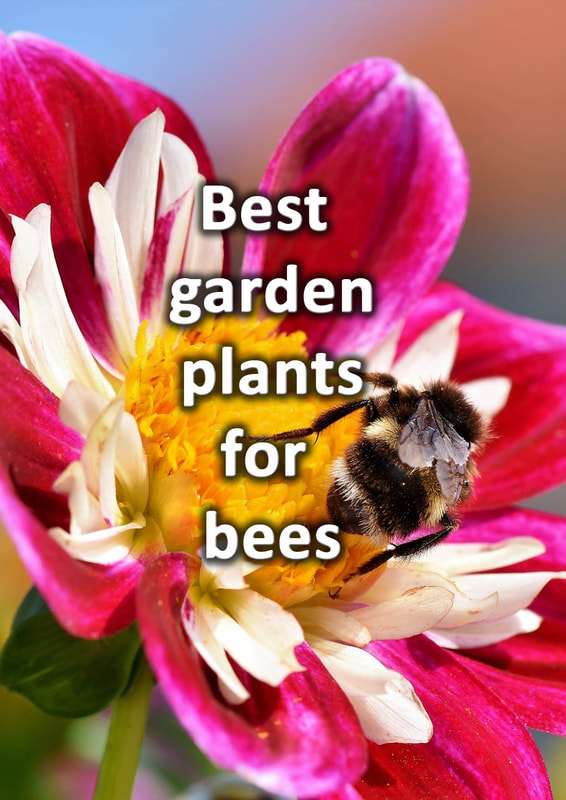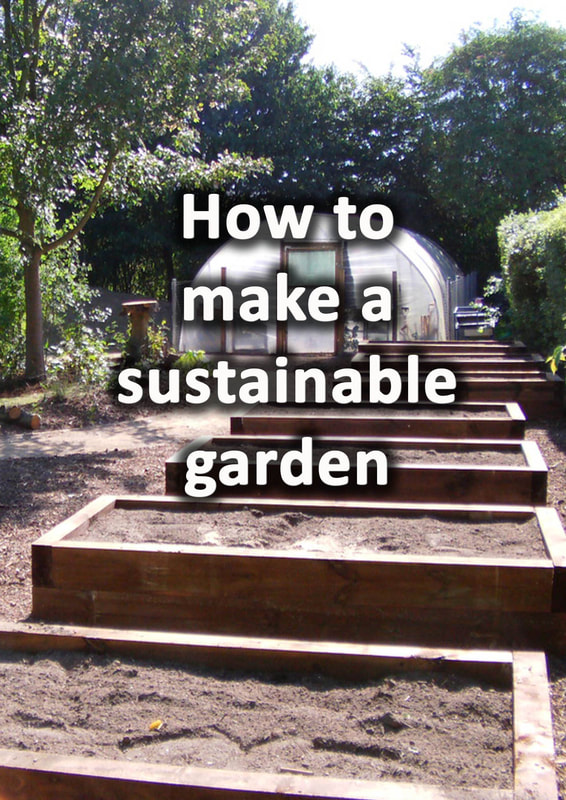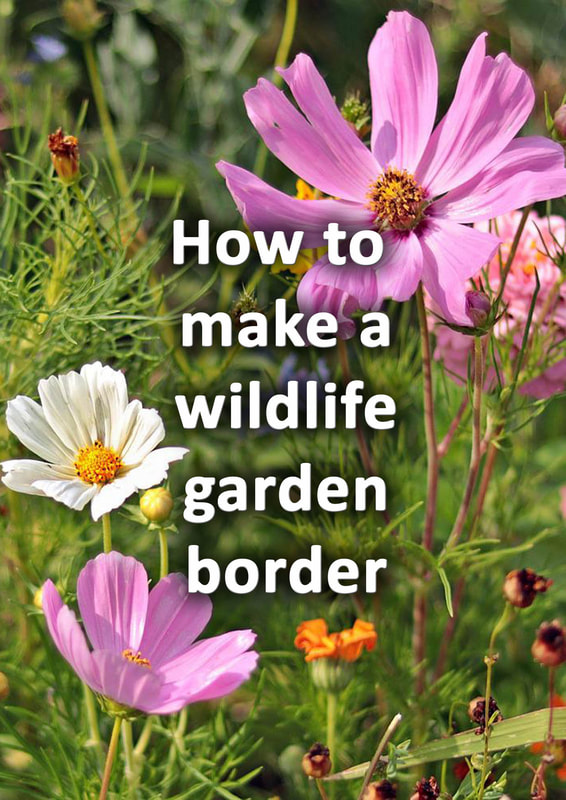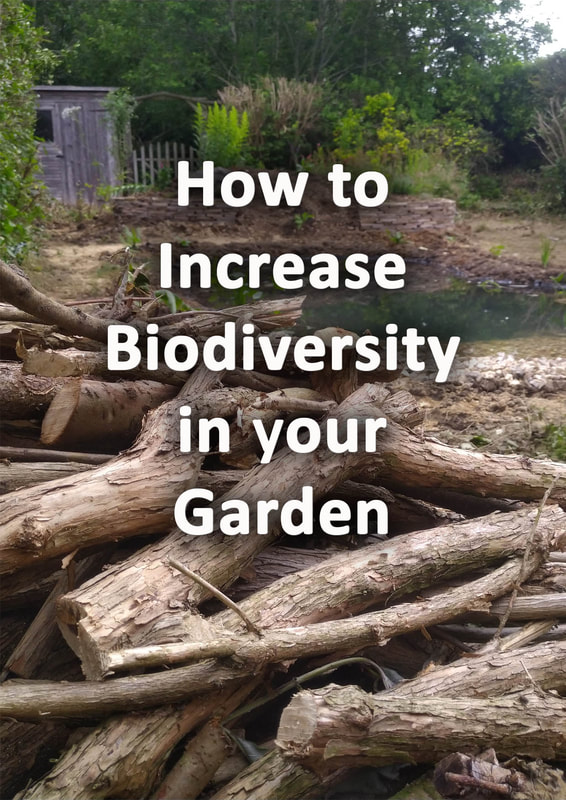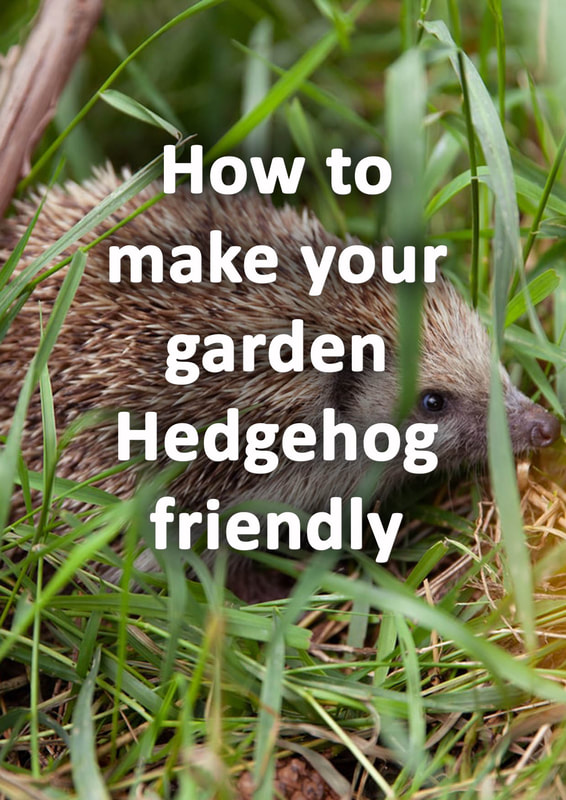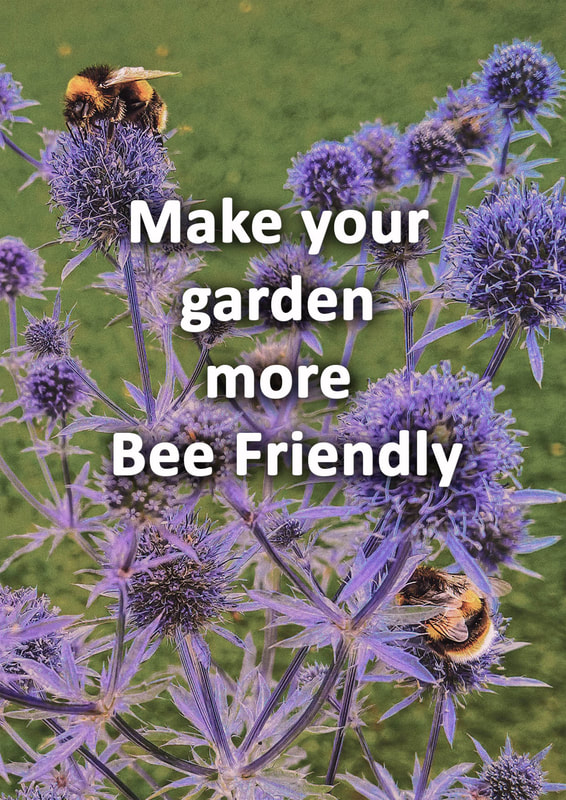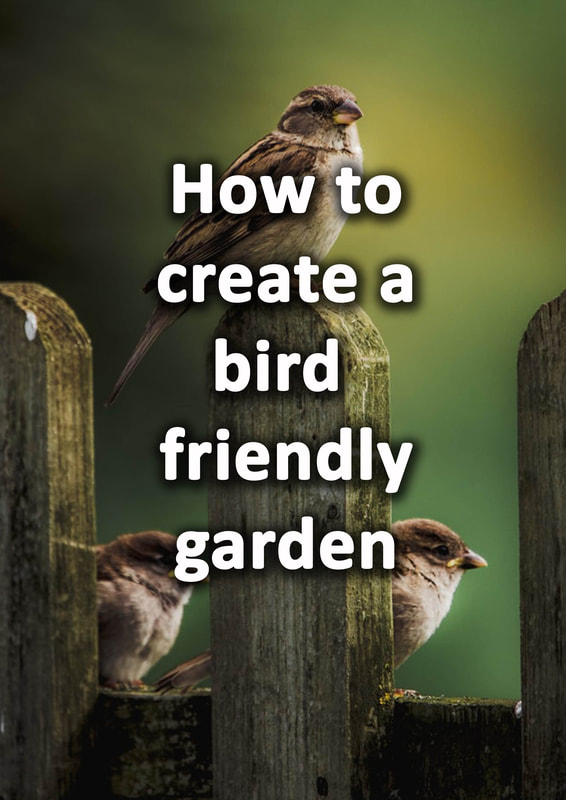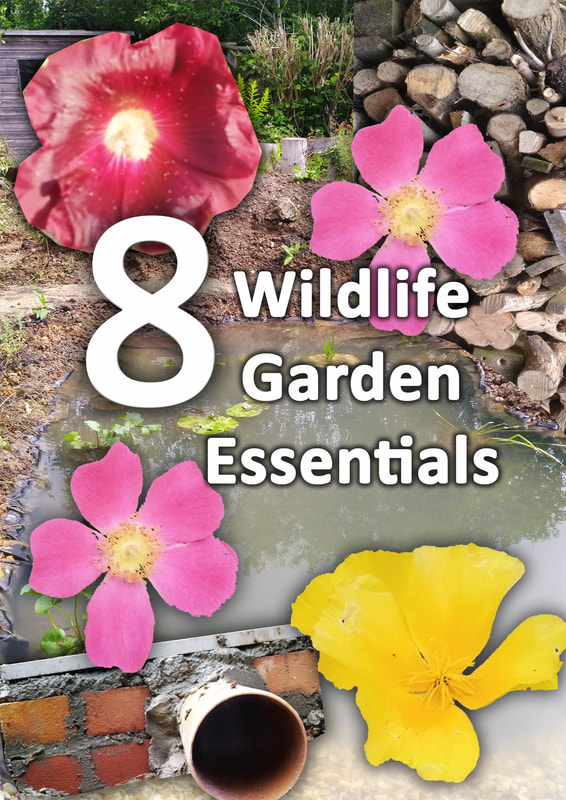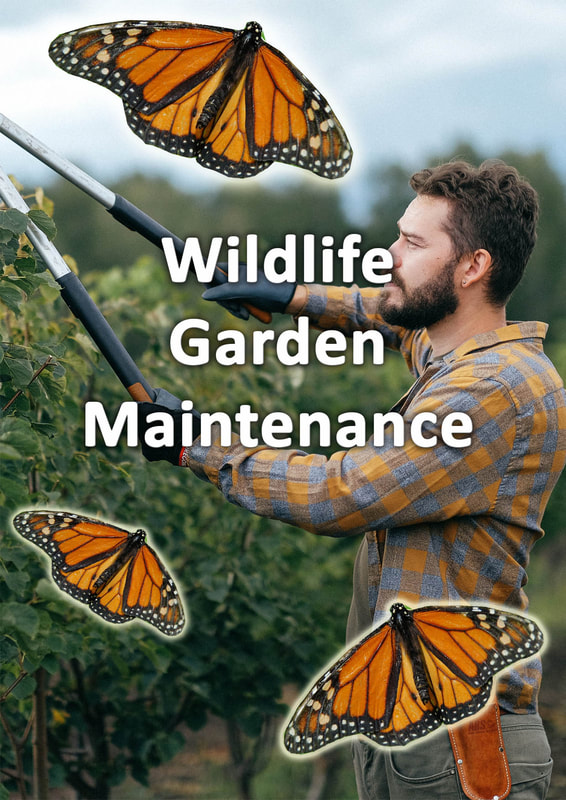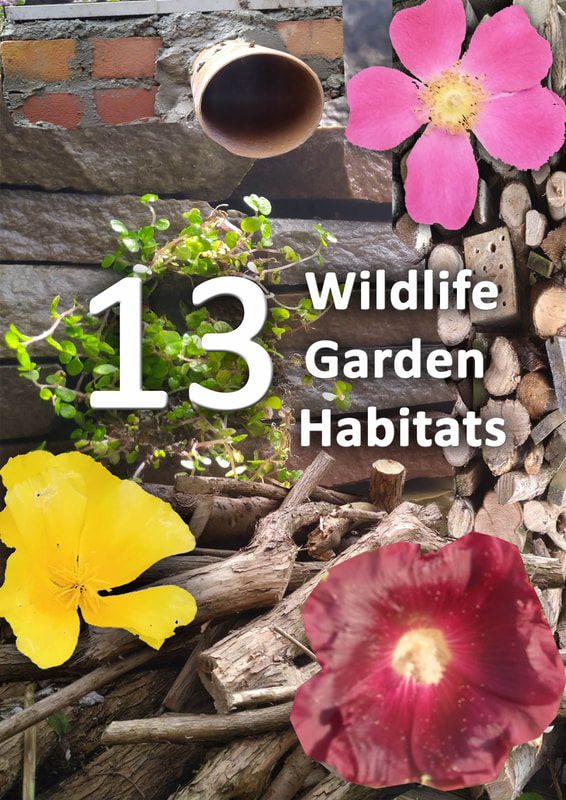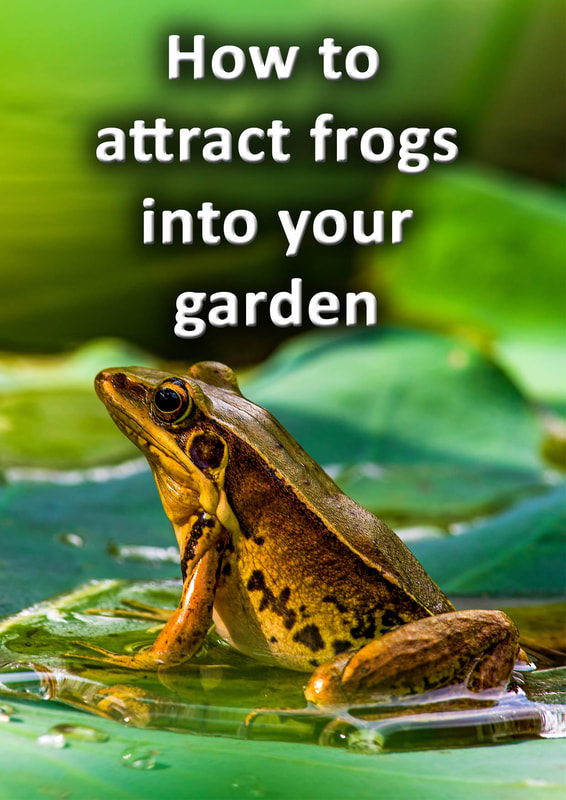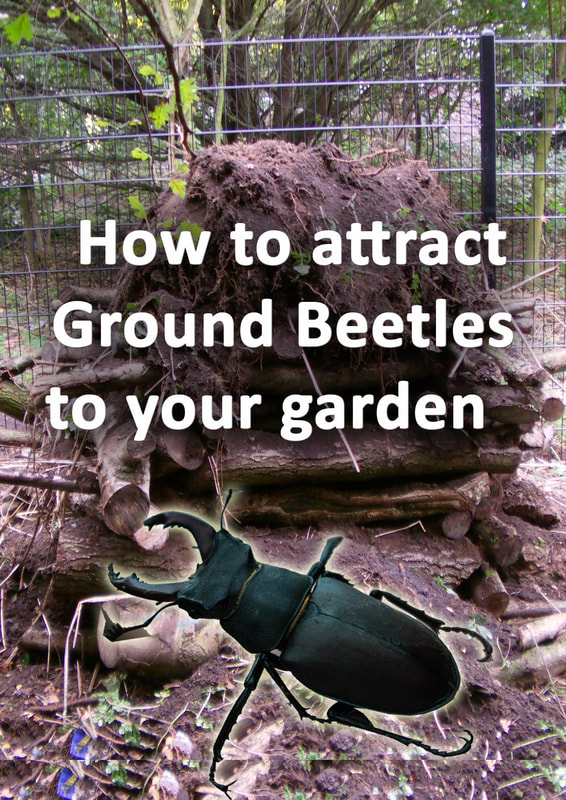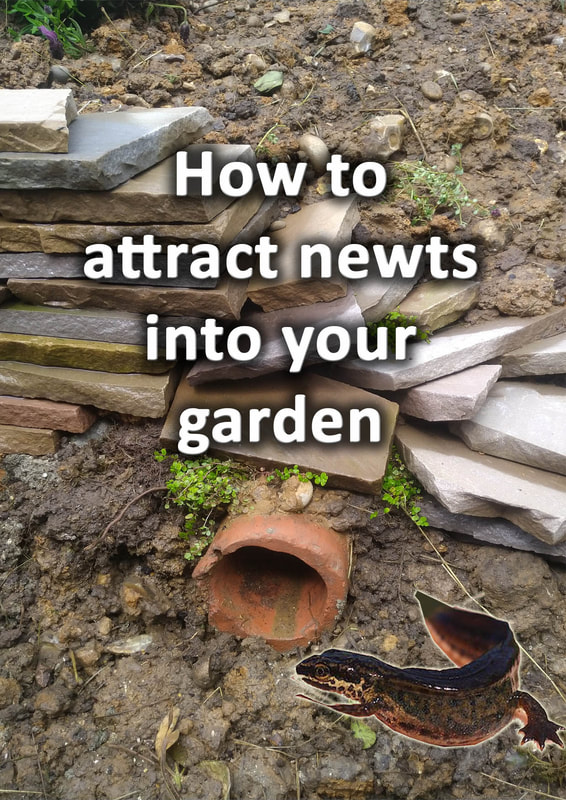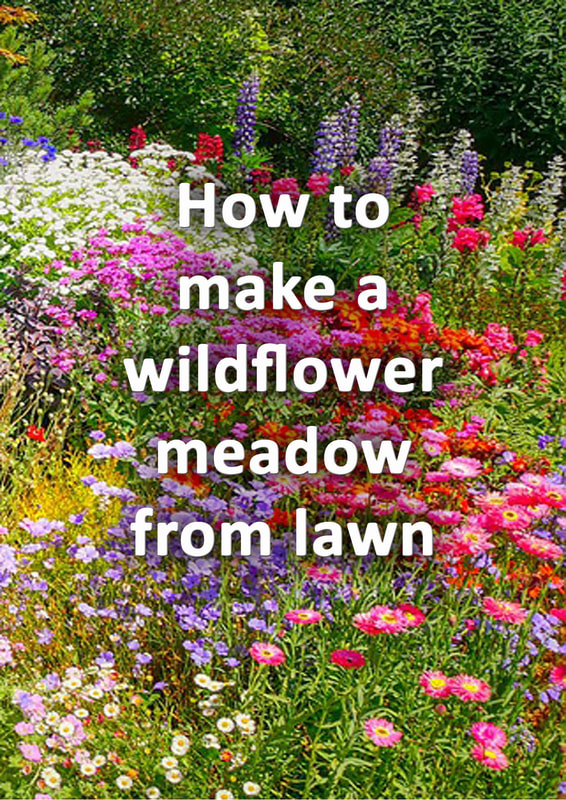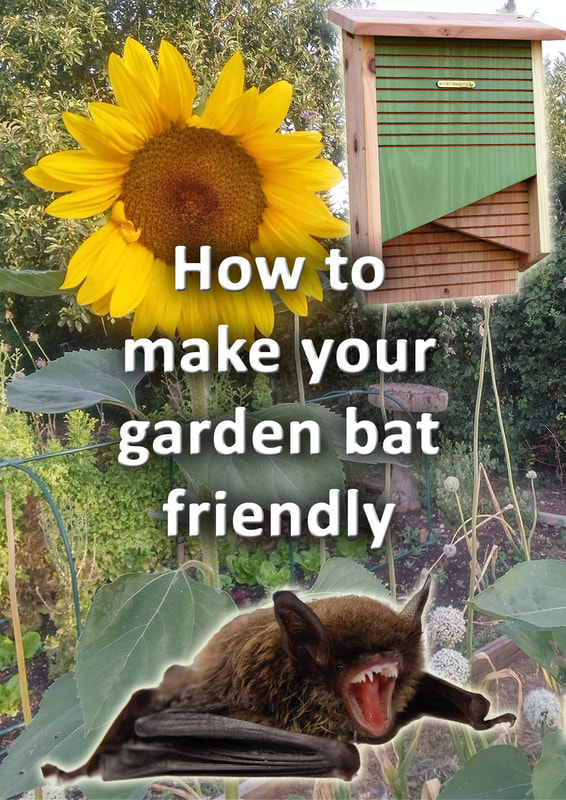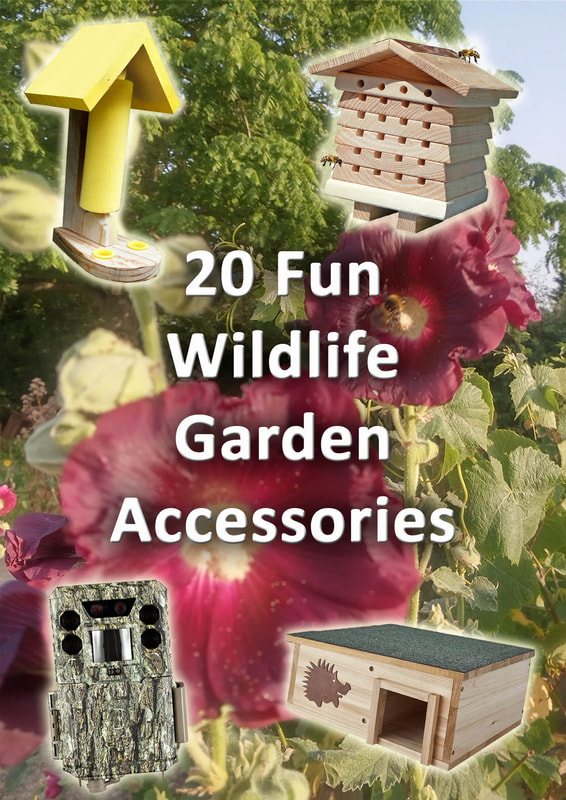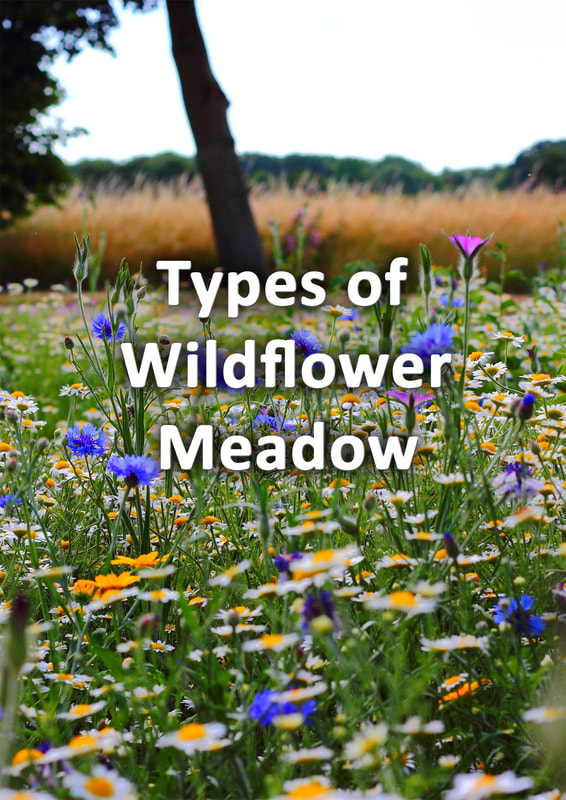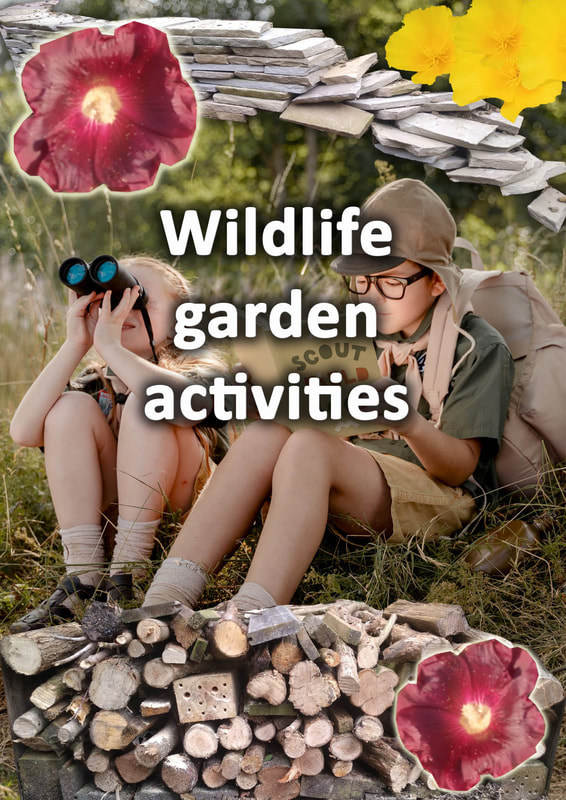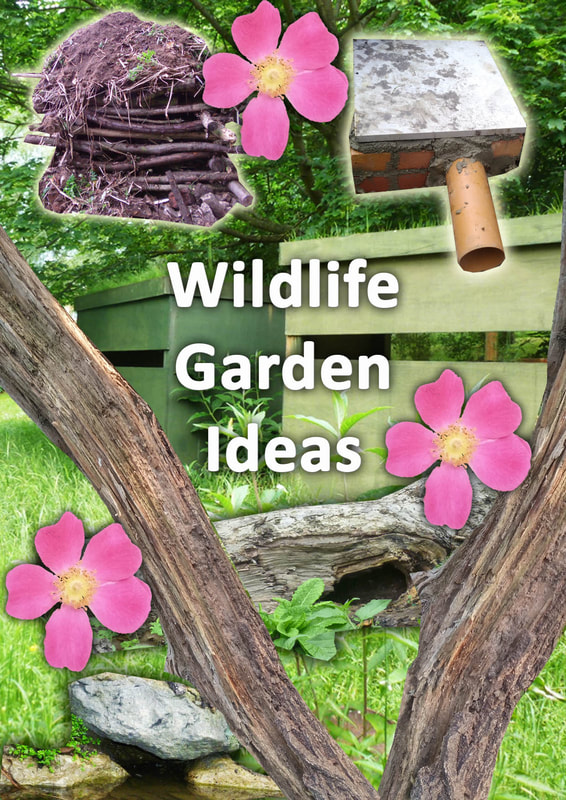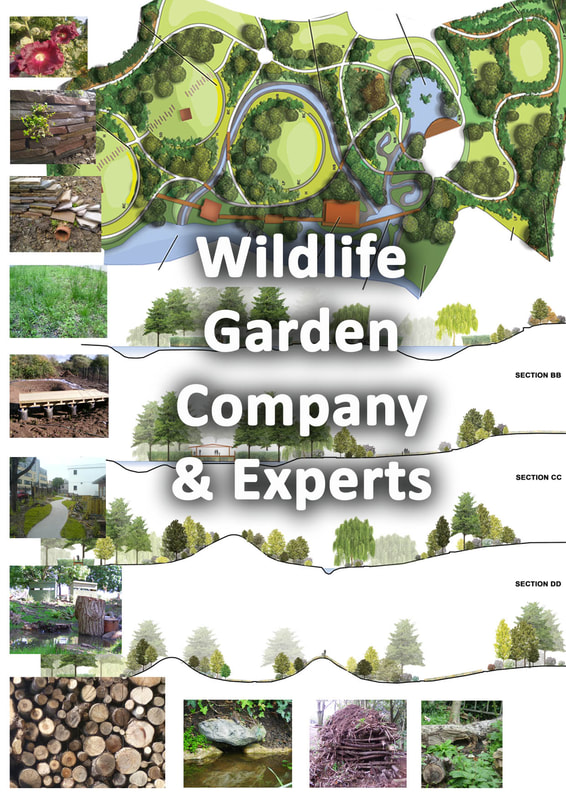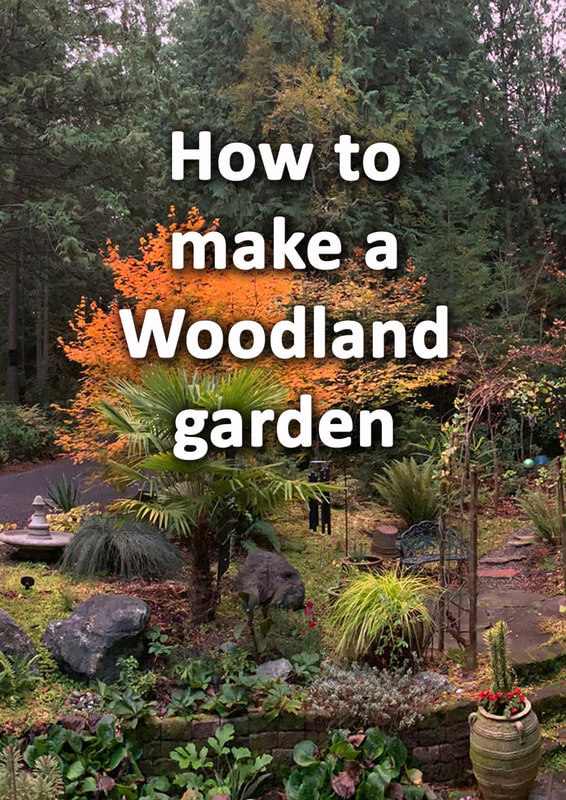|
This article contains affiliate links
Designing a wildlife garden can be both exciting and a little daunting. If you do not have much experience with wildlife habitats or landscape design do not despair.
Even though it is crucial to follow a design process you do not need a degree in ecology or landscape design. Wildlife garden design like all design is a process and a response to a set of circumstances, needs and desires. By understanding your existing sites ecology, strengths, weaknesses and constraints you can soon evolve an exciting vision for your wildlife garden. In this article we will walk you through the fundamental process of designing your very own wildlife garden. Wildlife garden designThe first thing to remember about creating wildlife gardens is they do not have to be an overgrown mess. There have been plenty of award winning show gardens which combine wildlife habitat with various other design styles. Your local railway embankment may have acres of meadow and scrub but not be as bio-diverse as a wildlife garden. Gardens provide the opportunity to cater for a wide range of different species in a way which is both functional and aesthetic. Residential yards typically provide environments which are sheltered from strong winds and benefiting from the warmth of microclimate.
Back gardens normally neighbour multiple, other properties hosting a tapestry of varying plants and organisms.
Wildlife garden design can incorporate modern, traditional and many other landscape styles and design themes. Some of these can include; Japanese, Moroccan, Mediterranean, Cottage, English, Italian and many other garden styles. This makes wildlife garden design extremely versatile and exciting! As long as you design a garden you love which incorporates quality, wildlife, habitat, your project is destined for success! Designing for people and wildlife
The most successful wildlife gardens are those which create pleasant environments for both people and wildlife. Designing a site should mean incorporating dense areas of shelter where wildlife feels safe and secure. At the same time provision should be made to allow for wildlife watching and environmental study. Incorporating the two can be a delicate balance but if executed correctly can be a winning combination! Wildlife garden design should still fulfil all of the functional and aesthetic objectives of typical garden design. Integrating the best wildlife habitats in the best locations should merge with this fundamental design structure. The result will be a landscape abundant in wild species which is also visually exciting and functional for visitors. The site survey
The first step when designing your wildlife garden is undertaking a site survey. This is best undertaken with a scaled drawing of your garden. This will enable you to identify existing features and start to analyse your site. Make a detailed note of surface levels and other factors such as vegetation and soil type. A scaled, base plan will allow you to start to sketching notes of what exists in specific areas. For example you may have a low lying boggy area which could become a wetland habitat! Identify existing ecology
At this stage it is a good idea to try to identify any existing ecology or features of wildlife, habitat, value. If you have a shrub which is popular with bees and other pollinators you may wish to try and preserve it! Do you have stacks of old logs or rubble which are rich in insect life? These can be retained and even enhanced within your design. Do you have existing hedges or trees which could be beneficial to nesting birds? You may have overgrown areas of vegetation which are providing shelter for wildlife. Identify all existing features of wildlife value and think about how they can be enhanced. Site analysis
Now you have a good knowledge of what exists on your site it’s time to analyse its potential. One of the best ways to do this is carry out a SWOT analysis. This involves listing your gardens Strengths, Weaknesses, Opportunities and Threats. Write down these 4 headings at the top of a piece of paper. Now list all your existing gardens elements and list them under each heading. For example if you have a stream at the back of your garden this could present an opportunity. If you have an ugly view of a particular feature this is a weakness. Perhaps you could plant a small tree with wildlife value to screen the bad view? The more you practice this exercise the more design ideas and solutions will present themselves! Create new wildlife habitats
If during your site analysis you identified existing wildlife habitats you can plan to enhance them. This can be done by creating new adjoining wildlife habitats. Wildlife gardens should have as much diversity as possible. Try to incorporate as many different species of wild and ecological plant species as possible. For a full list of the best trees shrubs and plants for wildlife gardens, see our comprehensive list here.
You should aim to integrate as many different wildlife habitats into the design as possible. These can include woodland habitat, meadows and dead wood piles.
It is important to realise that some of the most valuable wildlife habitat is where two different habitats meet. For instance, where a wildlife pond meets a meadow or woodland meets scrubland. These transitional habitats or (ecotones) can be extremely rich in wildlife species. Incorporate eco drainage
One of the most important parts of any wildlife habitat is its natural hydrology. As water is vital to all life it is crucial you identify how the hydraulic cycle works within your site. Are there areas which flood or pool water in times of heavy rain? Are there seasonal boggy areas on site? These can all be opportunities to provide natural wetlands or provide sustainable irrigation. Where does surface run-off from your patios and hard surfaces run too?
Do your roof gutters plumb into the local drainage network? If so your property could be contributing to the polluting of natural, local watercourses.
By channelling this water through your wildlife garden design you could greatly enhance its habitat value. Eco drainage solutions such as bioswales and seasonal flooding wetlands can greatly benefit local wildlife species. Implement ponds
Wildlife ponds are a sure way to kick start ecology within your wildlife garden. Not only do wildlife ponds provide drinking water they also provide bathing opportunities for birds. Fresh water ponds harbour whole ecosystems and food webs of literally hundreds of wild species. Some of these spend some of their lifecycles under water and emerge as adults to breed. Wildlife ponds are also perfect habitats for amphibians such as frogs, newts and toads to flourish.
Depending on where you live your pond may also be visited by reptiles such as common lizards and grass snakes.
Eco drainage systems can be channelled straight into wildlife ponds as long as chemicals are not used within the garden. Small wildlife ponds can be linked together through drainage overflows and planted with dense vegetation. Such wildlife garden wetlands can be extremely rich and diverse habitats. Create a journey
A great consideration of wildlife garden design is circulation and how people travel around the space. This is even more important in wildlife gardens as wildlife prefers not to be disturbed. Therefore it is good to think about and plan the way you want people to move through and experience the garden. Perhaps there are some areas less accessible to human footfall. This is an effective way to provide more safe and secure zones for specific wildlife.
A good way to implement this strategy is by creating a journey. This can be implemented with meandering paths or nature trails which guide the visitor through various habitats.
These can be dispersed with a series of rest and viewing areas or hides. This is a great way to provide some separation between man and wildlife in certain areas. This can also help to create excitement and suspense within the wildlife garden. Provide wildlife viewing zones
Wildlife viewing zones are the perfect way to facilitate exciting experiences within your design. These normally consist of two elements; a resting area with a good vantage point and a zone of enhanced wildlife security such as a nesting or feeding area. You could incorporate man-made burrows into undulating landform with secluded viewing areas. Perhaps you have designed the perfect wetland habitat and want incorporate a raised deck overlooking it. Providing well designed viewing zones within the wildlife garden can allow for amazing wildlife encounters without creatures feeling threatened. Provide feeding areas
Wildlife feeding areas are a fantastic way to start encouraging wildlife into your garden design. The simplest way to do this is with a bird feeder. However feeding areas and feeding platforms can also be provided for other species such as butterflies, amphibians and small mammals. Include habitat boosters
There are a whole range of habitat boosters which can be incorporated into your wildlife garden design. These can provide extra nesting opportunities and extra habitat value. Some common habitat boosters include log piles, bug hotels, bat boxes and hedgehog homes. Provide a management plan
A common misconception with wildlife gardens is they are best left to grow completely wild. However the truth is habitats need to be managed to ensure they stay in good condition. This is why wildlife garden maintenance is often referred to as management. Wildlife garden management is carried out at a much lower frequency than conventional, garden maintenance. Meadows will normally be cut once a year, shrubs are typically coppiced or pollarded instead of trimmed. Wildlife ponds also benefit from a clear out of excessive pond weed once a year. When designing your wildlife garden think about the annual management tasks which will be required. Write up a management plan for each habitat with a corresponding colour coded site plan. Our wildlife garden design services
Buckinghamshire landscape gardeners are a part of Ecospaces Limited, the country’s leading sustainable landscaping and wildlife garden company. We specialise in all aspects of ecological landscaping including wildlife garden design, nature reserve design and habitat restoration. Our wildlife garden designs include eco gardens for schools as well as eco parks and sustainable developments. Our services cover predominantly the Southeast of England and more typically the county of Buckinghamshire. Our sustainable landscaping services include:
Thank you for visiting our article on wildlife garden design. Below we have linked to some of our other helpful articles on the subject of wildlife gardens.
'As an Amazon associate I earn from qualifying purchases'
0 Comments
Leave a Reply. |
The Author
|
Landscaping services across Buckinghamshire, Amersham, Aylesbury & High Wycombe
Hyde Heath, Amersham, Buckinghamshire |
|
